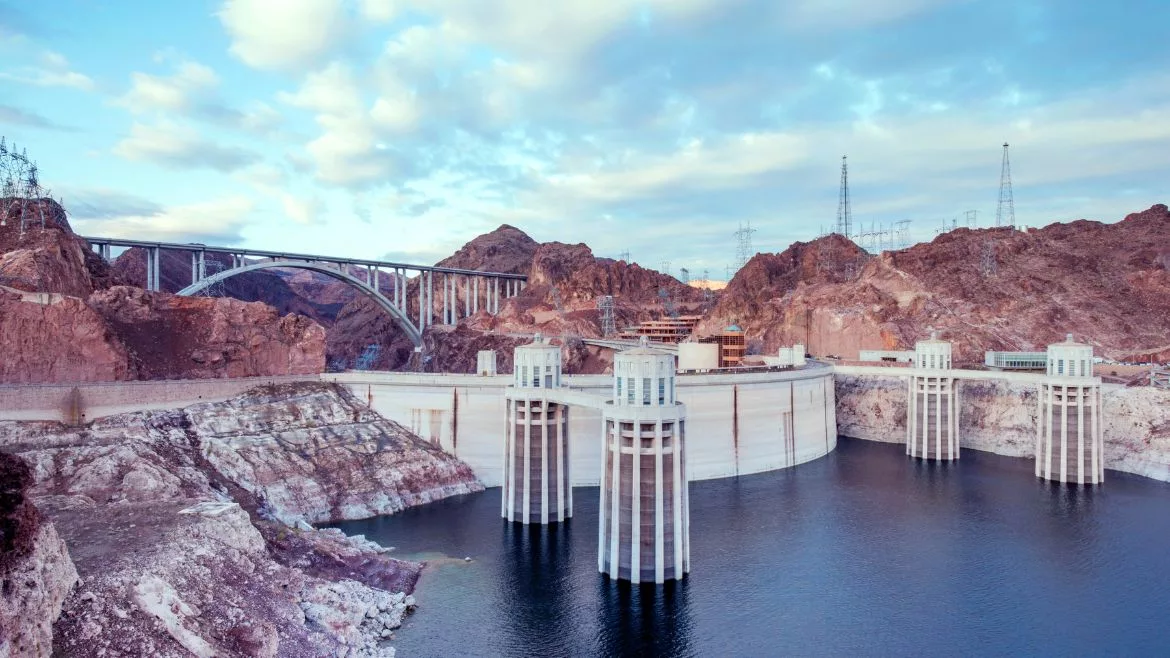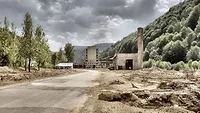News
Draft of Environmental Impact Statement for Colorado River Promised by December
Reclamation Bureau Chief says EIS to guide western water supply for 20 years post-2026.

The Bureau of Reclamation expects to complete a draft environmental impact statement (EIS) of the Colorado River Basin by December 2024, and the EIS “will determine operations for the Colorado River, Glen Canyon, and Hoover Dam” for the 20 years beyond 2026, Bureau Commissioner Camille Touton told The Driller.
Touton said the bureau is “working on the alternative development stage for operations post-2026” for the Colorado River Basin, with “the goal to have a draft environmental impact statement by the end of this year.”
Furthermore, once the draft EIS is complete, it will be made available for public comment, including comments from the states affected, said John Watts, senior counselor to the commissioner. “The final (EIS) would be sometime later, probably in late 2025,” he added.
The Colorado River Basin spans 1,500 miles across seven U.S. states and two states in Mexico, and provides water for more than 40 million people, fuels hydropower, supports 5.5 million acres of agriculture and agricultural communities across the western U.S., and is a crucial resource for 30 tribal nations, according to the bureau. However, despite improved hydrology during 2023 and 2024, a 23-year drought in the western U.S. before those years produced record low water levels at Lake Powell, which is formed by the Glen Canyon Dam and Lake Mead, which the Hoover Dam forms.
According to the bureau, the drought prompted the federal government to pursue a comprehensive effort to address the ongoing drought and strengthen water security across the region. That effort is the “conservation pilot program,” designed to support water management and conservation efforts to improve water efficiency and ultimately protect the short-term sustainability of the Colorado River system.
The snowpack for 2023 was a good year, but because of hotter temperatures, drier soils, and more evaporation, the water inflow from runoff of the snow was less than 50 percent, Touton said. That percentage of snowpack water runoff flowing into the Colorado River Basin prompted the bureau to work “quickly with the basin states to look for a path forward on how to protect our ability to deliver water,” she said, adding that the effort resulted in voluntary policies for water conservation, she said.
The voluntary conservation agreements, which included water recycling, use of canals, better data and forecasting, coupled with the 2023 snowpack, “has helped to stabilize the system,” said Touton, who added the bureau is now focused on the future of the Colorado River Basin, specifically, “what does the operation of this river look like from 2027 for the next two decades?”
The draft EIS, with input from the states, will not only help answer that question but also help guide Interior Secretary Deb Haaland’s decisions on the release of water from Lake Mead and from Lake Powell, Watts told The Driller.
The bureau is “hopeful that the seven (river basin) states can come together and agree on river operating rules. That’s why we solicited proposals from the states, and we’re trying to work with the states to have them come together on one proposal,” Watts said. Nonetheless, Secretary Haaland “is the water master of the Colorado River Basin,” he added.
In addition, on April 16, 2024, the Bureau of Reclamation announced that it had scheduled a virtual public meeting of the Glen Canyon Dam Adaptive Management Work Group (AMWC) for May 15, 2024, starting at 9 a.m. (MDT). The agenda for the AMWC meeting is:
Current basin hydrology and water year 2024 operations.
Experiments considered for implementation in 2024.
Long-term funding considerations.
The meeting can be accessed here.
Meeting Number: 2820 785 2032, Password: AMP15.
You can also access the meeting by phone. The number to do that is (415) 527–5035.
Click here to read the meeting announcement.
Looking for a reprint of this article?
From high-res PDFs to custom plaques, order your copy today!








